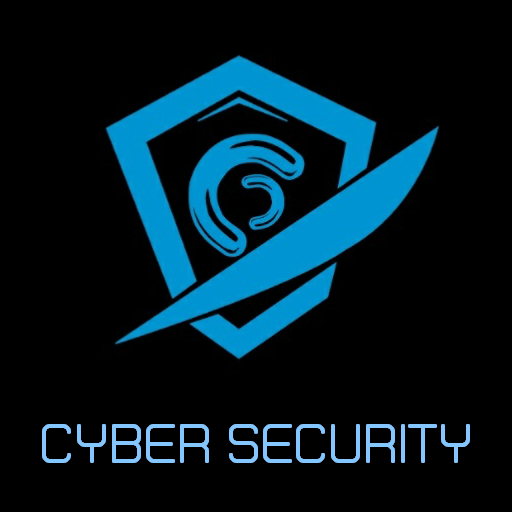Unlocking Digital Secrets A Look at the Tools of Cyber Forensics.
Cyber forensics is a fascinating field that combines technical expertise with sharp investigative skills to uncover evidence from digital devices. But what tools do these digital detectives actually use? Let’s delve into the essential arsenal of cyber forensics.
Cyber forensics relies on a range of specialized software and hardware to acquire, preserve, analyze, and present digital evidence in a legally admissible manner. These tools help investigators piece together fragmented data, reconstruct events, and ultimately, bring criminals to justice.
Imaging and Acquisition: Preserving the Crime Scene
The first crucial step in any cyber forensic investigation is creating a forensically sound copy of the data in question. This ensures the original evidence remains unaltered and admissible in court. Key tools for this process include:
* EnCase: A widely recognized industry standard, EnCase is a comprehensive suite that allows for disk imaging, file analysis, and report generation. Its ability to create bit-for-bit copies of hard drives and other storage devices is paramount for maintaining data integrity.
* FTK Imager: Another popular and powerful tool, FTK Imager, offers similar functionality to EnCase at a more accessible price point. It can create forensic images in various formats and verify their integrity using hash values.
* dd (Data Duplicator): A command-line utility available on Unix-like systems, `dd` is a fundamental tool for creating raw disk images. While powerful, it requires careful use to avoid overwriting the original data.
Analyzing the Digital Landscape: Finding the Hidden Clues
Once an image is created, the real investigation begins. Forensic analysts employ a variety of tools to sift through vast amounts of data, looking for clues that can help reconstruct events and identify perpetrators.
* EnCase: Beyond imaging, EnCase boasts robust analytical capabilities, allowing examiners to search for specific keywords, analyze file metadata, and recover deleted files.
* FTK (Forensic Toolkit): The commercial counterpart to FTK Imager, FTK is a comprehensive analysis platform that offers advanced features like indexing, keyword searching, and timeline creation.
* Autopsy: A powerful, open-source digital forensics platform based on The Sleuth Kit. Autopsy is a user-friendly alternative that provides a comprehensive suite of features for analyzing file systems, recovering deleted data, and generating reports.
* The Sleuth Kit (TSK): A collection of command-line tools and a C library that provides low-level access to file systems. TSK forms the foundation for many other forensic tools, including Autopsy.
Mobile Forensics: Cracking the Code of Smartphones and Tablets
With the prevalence of mobile devices, extracting data from smartphones and tablets is a crucial aspect of many investigations. Specialized tools are designed to bypass security features and recover data from these devices.
* Cellebrite UFED: A leading solution for mobile device forensics, Cellebrite UFED can extract data from a wide range of devices, including smartphones, tablets, and GPS devices. It can also bypass security locks and recover deleted data.
* Oxygen Forensics Detective: Another powerful mobile forensic tool, Oxygen Forensics Detective, allows examiners to acquire, analyze, and report on data from mobile devices, cloud services, and drones.
Network Forensics: Tracing the Digital Footprints
Investigating network-based attacks and intrusions requires specialized tools that can capture and analyze network traffic.
* Wireshark: A free and open-source packet analyzer, Wireshark allows examiners to capture and analyze network traffic in real-time. It can be used to identify suspicious activity, analyze network protocols, and reconstruct network communications.
* tcpdump: A command-line packet analyzer that captures network traffic. While less user friendly than Wireshark, `tcpdump` is a powerful tool for capturing specific types of network traffic.
Web Activity Analysis: Uncovering Online Behavior
Understanding a suspect’s online activity can provide crucial insights into their motives and actions.
* Internet Evidence Finder (IEF): A commercial tool designed to extract internet artifacts from various sources, including web browsers, chat applications, and cloud services. IEF can recover browsing history, cookies, cached files, and other relevant data.
Open-Source Intelligence (OSINT): Gathering Publicly Available Information
In many cases, publicly available information can provide valuable leads and insights.
* Maltego: A powerful OSINT tool that allows investigators to visualize relationships between different entities, such as people, organizations, and websites. Maltego can be used to gather information from a variety of public sources, including social media, online databases, and search engines.
The Human Element: The Most Important Tool of All
While technology plays a crucial role in cyber forensics, the most important tool is the skilled forensic analyst. These experts possess a deep understanding of digital devices, file systems, and network protocols. They can analyze data, identify patterns, and draw conclusions that can be used to solve crimes and protect individuals and organizations.
Conclusion
The world of cyber forensics is constantly evolving, with new tools and techniques emerging to combat the ever-increasing threat of cybercrime. By understanding the tools available and developing the necessary skills, professionals in this field can play a vital role in protecting our digital world. As technology continues to advance, the demand for skilled cyber forensic experts will only continue to grow. The tools discussed are just a glimpse into this dynamic and complex field, but they represent the core capabilities necessary to unravel digital mysteries and bring justice to the digital realm.







